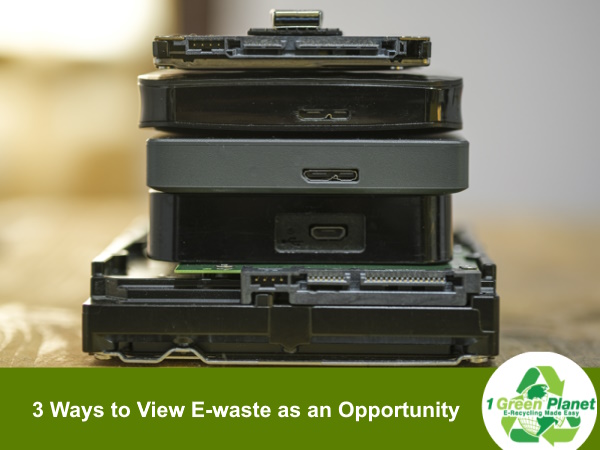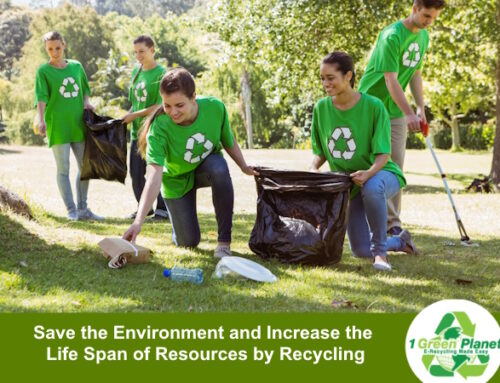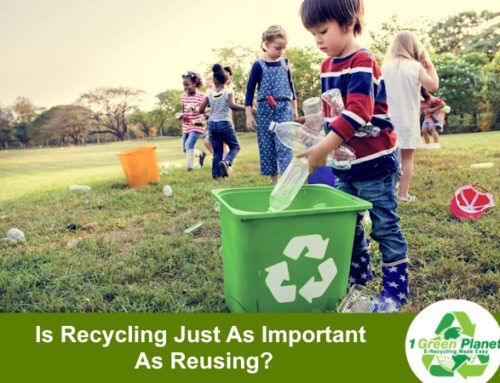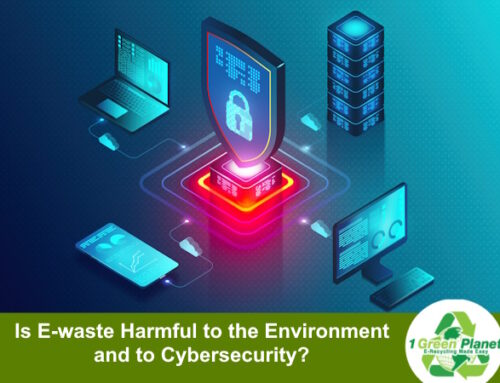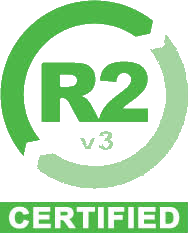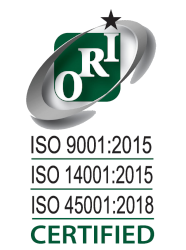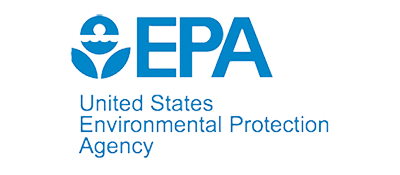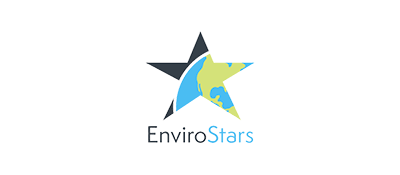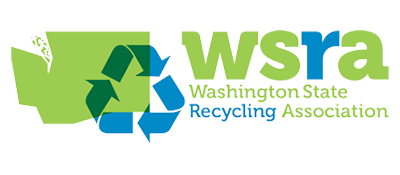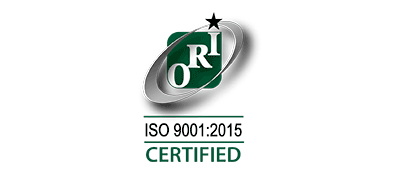Published on May 23, 2023, Updated on May 24, 2023
According to a report released by the Platform for Accelerating the Circular Economy (PACE) and the United Nations E-Waste Coalition at Davos, e-waste is projected to reach 120 million tonnes per year by 2050.
The report shows that the annual worth of global e-waste exceeds $62.5 billion, which is greater than the gross domestic product (GDP) of the majority of nations. In 2017, the global production of e-waste exceeded 44 million tonnes or over 6 kilograms per person. This represents the total weight of all commercial aircraft ever constructed.
Unfortunately, only about 20% of e-waste is technically recycled, with the remaining 80% either ending up in landfills or being recycled informally. In underdeveloped nations e-waste is handled by hand, exposing employees to dangerous and carcinogenic compounds such as lead, mercury, and cadmium. When thrown at landfills, electronic waste contaminates soil and groundwater, endangering food supply systems and water supplies.
The inappropriate handling of e-waste leads to a large loss of precious and valuable raw resources, including gold, platinum, cobalt, and rare earth elements. There may be as much as 7% of the world’s gold in e-waste, with 100 times more gold per tonne of e-waste than gold ore.
Members of the Platform for Accelerating the Circular Economy (PACE) and the UN E-Waste Coalition, including UN Environment, the World Business Council for Sustainable Development, the Global Environment Facility, and the World Economic Forum emphasize the need for a circular economy in which resources are not extracted, used, and discarded, but rather valued and reused in ways that minimize environmental impacts and create decent, sustainable jobs.
Inventive Ways to Utilize E-waste For Good
E-Waste Mining
E-waste mining is the extraction of valuable elements from obsolete devices. Calculations indicate that e-waste can provide roughly 58 times as much raw gold per ton as a gold mine. Taking into account the present volume of e-waste production, $57 billion to be made if we collect, recycle, and reclaim these metals from all this electronic waste properly.
Development of IT Asset Disposition (ITAD) Services
As toxic e-waste management becomes more effective and accountable, we enable the IT Asset Disposition industry to realize its full potential. ITAD is an industry name that refers to companies and services that dispose of IT assets. It involves repairing, reusing, recycling, and repurposing obsolete electronic equipment.
The secure destruction of data from decommissioned devices is a significant component of ITAD services. Gadgets become huge sources of cyber theft, with disastrous results when disposed of improperly.
In addition to securing your data and extending the life of your gadgets, IT asset disposition firms are necessary for repairs and refurbishment. When Right to Repair movements gain pace and eventually become lawful, these ITAD establishments will be the industry’s forerunners as we move toward repairing rather than purchasing new gadgets.
Reducing the Digital Divide
Additionally, you can help reduce the growing e-waste problem for good by donating or selling your unwanted and obsolete equipment. This is a significant step towards bridging the global digital gap. Your repaired and refurbished devices can be donated, sent, sold, and exported to areas that lack access to digital technology.
As the e-waste problem grows, so do the opportunities to capitalize on it. As science advances and we move toward a more circular economy, the utilization of e-waste for the advancement of the economy and the planet may become commonplace. Until then, make an effort to extend the lifespan of your digital gadgets through careful use.
1 Green Planet provides free e-waste pickups for safe and responsible recycling, as well as IT asset disposal so that not only the environment but also the data can be protected. Call us now to set an appointment and see the areas we serve.

